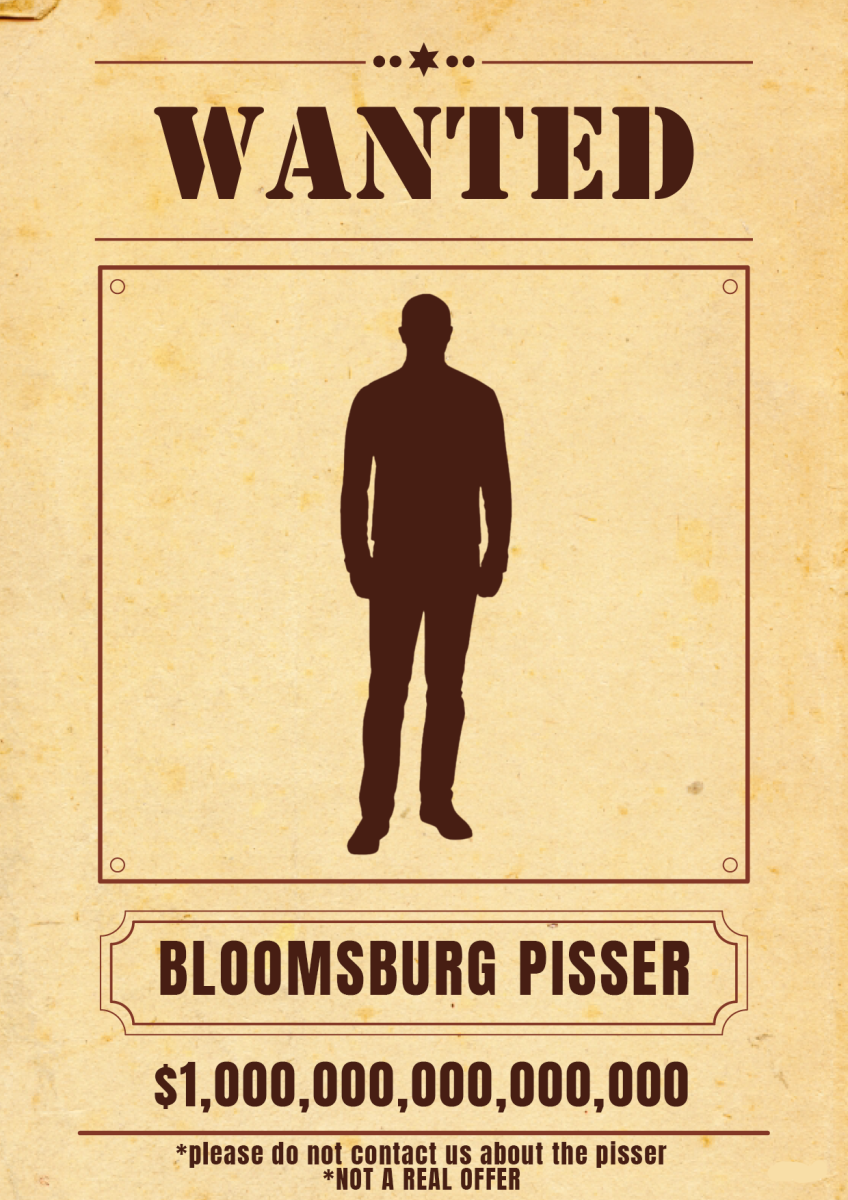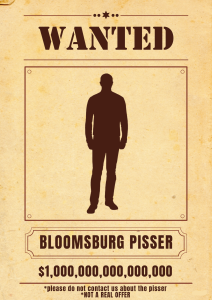This Week in History: Past Pandemics
April 23, 2020
Pandemics have created disaster all throughout human history, from ancient times to the modern day. Today, COVID-19 has created confusion and panic across the globe, with many Americans being ordered to stay inside their homes in order to limit the spread of the disease.
There have been many different reactions to this quarantine, ranging from anger about losing sources of income from nonessential businesses closing down to some individuals simply accepting that they should remain in their homes and only leave for essentials. Some areas are taking the stay-at-home order a step further, such as in Los Angeles with Mayor Eric Garcetti encouraging people to “snitch” on those who violate the order.
In this time of confusion, it may be beneficial to look back upon historical societies to see how they reacted to their own contemporary pandemics.
The Black Death, rampaging throughout Europe in the 1300’s, was one of the deadliest diseases to ever afflict humanity. According to Dr. Mike Ibeji, writing for BBC, it is generally agreed upon by historians that the Black Death was responsible for the deaths of almost half of the population of Europe in the later half of the 14th century.
While it doesn’t seem likely that COVID-19 will lead to the deaths of almost half of the people alive today, it is still worth noting the situation in Europe at the time when the disease began to spread as well as the vast social changes that occurred afterwards.
Even before the Black Death, Europe was not doing well. The little ice age had shortened growing seasons for crops due to the increasing cold. Multiple wars, including the Hundred Years War between England and France, had also taken its toll and ravaged Western Europe.
With little knowledge of bacteria and an overpopulated, starving, and war-torn Europe, the Black Death was able to rampage through the continent unabated.
Interestingly enough, and similar to our own times, one of the methods that is thought to have stopped the Black Death was through quarantine. As Paul Slack would write in an article for the John Hopkins University Press, “Plague victims were isolated and their contacts traced and incarcerated. There were Restrictions on movement, bills of health, quarantine regulations for travelers and shipping.”
With the population of Europe decimated, especially poorer peasants and serfs, workers were in high demand. Contrary to the overpopulation and poor treatment of workers before the disease, laborers could expect to see higher wages in the 15th century and somewhat better living conditions.
This is only a look at one historical pandemic, though by far the deadliest. Others to investigate would include the Spanish Influenza, from the end of World War I, and the Justinian Plague in the sixth century, around eight hundred years before the Black Death.
It’s important to realize that humans have survived through pandemics before, and if we take the right precautions, it doesn’t have to be nearly as deadly this time around. During the COVID-19 outbreak, the world might see great social change just like in the past, such as the question of universal basic income, a policy brought to the table by former-Democratic candidate Andrew Yang, possibly being taken seriously considering a good portion of the population is being left without a source of work or money.


























